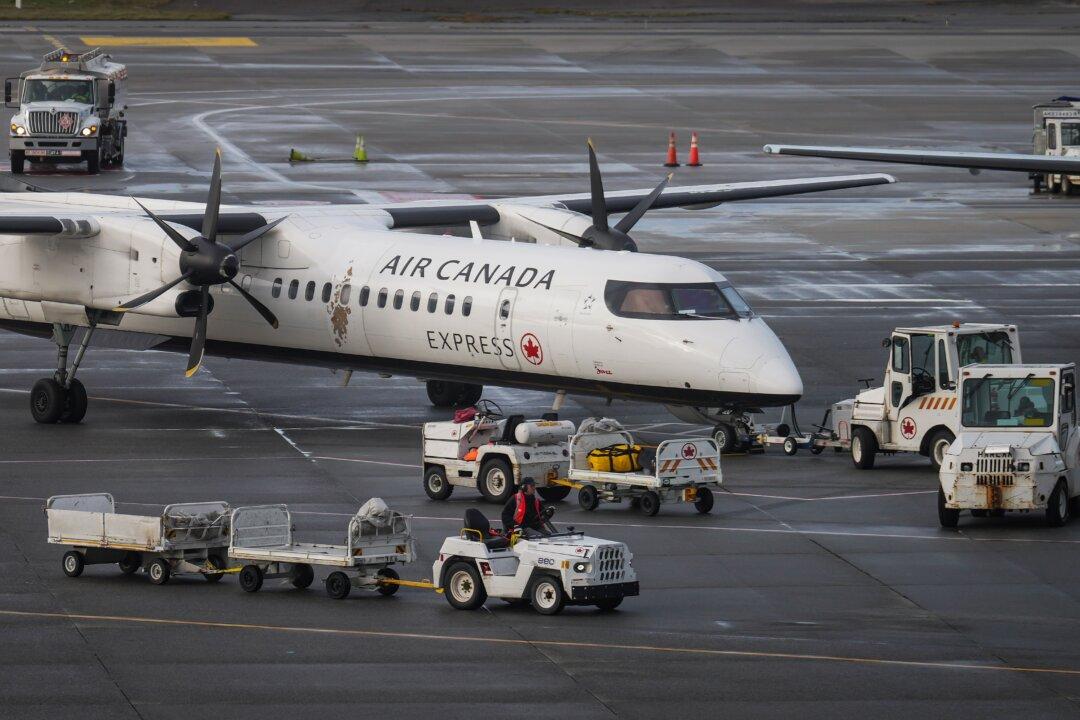The United States National Transportation Safety Board (NTSB) and the U.S. Federal Aviation Administration (FAA) are investigating an incident involving an Air Canada passenger jet departing from a Florida airport.
The NTSB announced the investigation in a March 6 post on Twitter, after an apparent air traffic control mixup.





